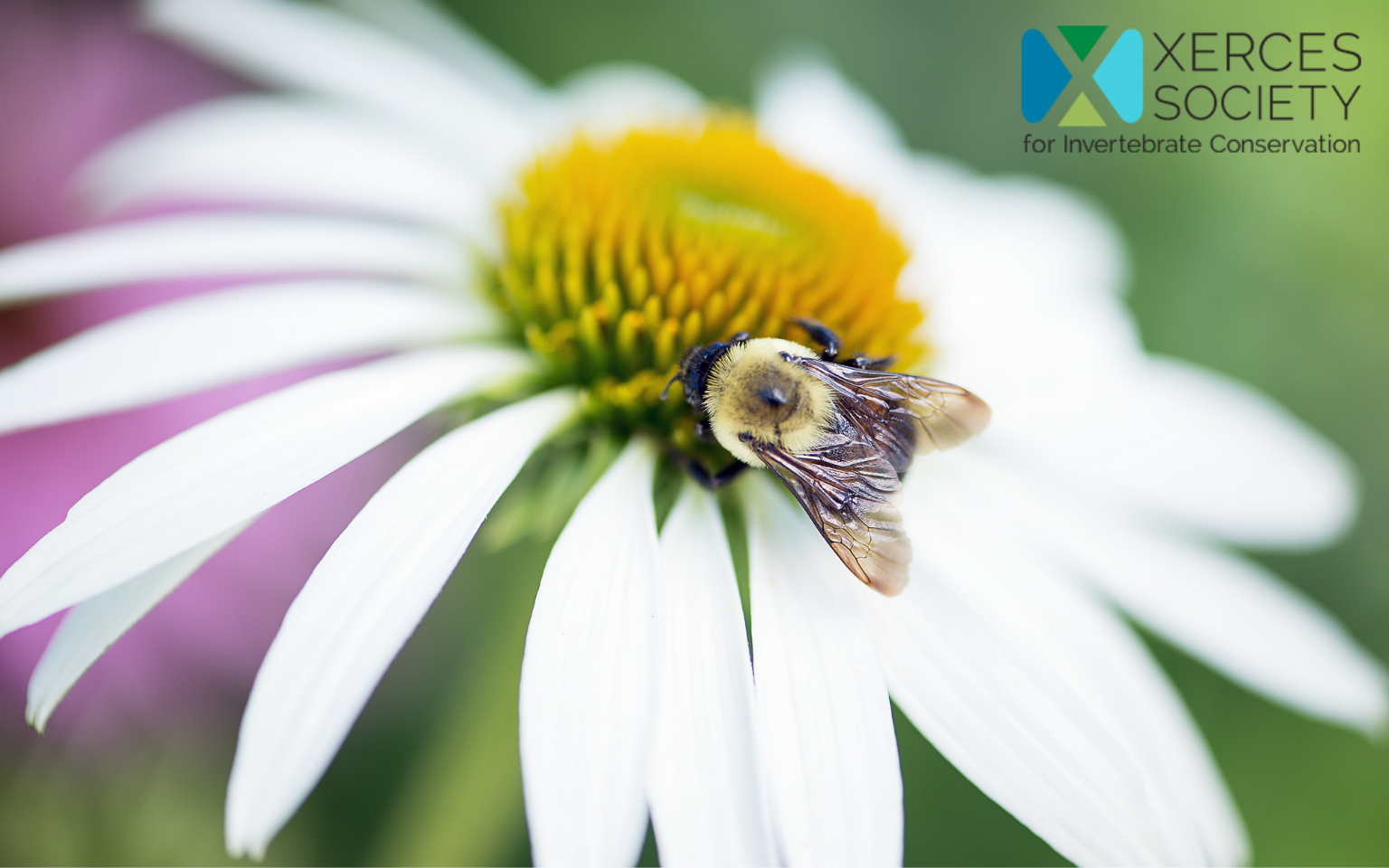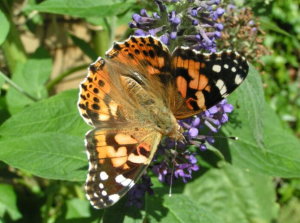How often do you drive past meadows full of wildflowers, fields of fruit and vegetables, orchards full of apple trees? For many of us, these are part of our lives, creating a backdrop to memorable moments. But without certain wildlife, we wouldn’t have these. We need the help of some very small friends to keep the flowers flowering.
Bumble bees are pollinators, meaning they carry pollen between plants, allowing them to reproduce. Many plants are completely dependent on insects to create fruits and seeds that create new plants each year. If we lose our bumble bees, we’ll start to lose our landscapes too. That’s why we’re proud to support Xerces Society for Invertebrate Conservation, to promote their program of habitat creation and protection for bumble bees.
Why are bumble bees at risk?
Bumble bees live rich lives on both a tiny and a vast scale. They make their homes in tiny cavities, from abandoned bird boxes to hollows in trees and rock walls. Most nest underground, with up to 500 bees packed into their tiny home. And then, during the day, they can fly 1km away from their nest, visiting a thousand flowers across that distance.
Bumble bees need different types of habitat around them to survive: plants to forage for pollen, a nesting site, and a place to spend the winter. But as humans change our landscape, this breaks up bumble bee habitat and puts pressure on this friendly species. Pesticides on crops, home gardens, and landscaping are another big problem for bumble bees, as they visit these areas to find food.
There are almost 50 different species of bumble bee across North America – one quarter of which are facing risk of extinction. The rusty patched bumble bee, found in the eastern US, was the first bumble bee species to be listed as endangered in 2017.
What is the Xerces Society?
The Xerces Society for Invertebrate Conservation works to protect invertebrates in their habitats, including an array of important species ranging from monarch butterflies to freshwater mussels. The creation of diverse habitats benefits a huge number of invertebrates, which in turn, nurture the land and attract birds.
They are named after the Xerces blue butterfly. This was once found across the west coast, but became the first butterfly known to go extinct in North America. It was lost in the 1940s, and Xerces’ mission is to ensure that our other native species do not suffer the same fate.
“Corporations like LEX Reception can play a very important part in our effort to protect biodiversity” said Xerces Director Scott Hoffman Black. “Funding from like-minded corporations is essential to Xerces work, but it is just as important for companies to educate their employees and customers on what they can do to help. Thanks to LEX for stepping up!”
How can we help?
Bumble bees need our support. But luckily, there are lots of ways to get involved and show your appreciation for these fuzzy fliers.
Sign the Pollinator Protection Pledge. Whether we live in a city apartment or a rural farm, we can all take the pledge. It has four pillars: grow pollinator-friendly flowers, provide nest sites, avoid pesticides, and spread the word. By committing to these, you are taking concrete steps towards protecting our native bumble bees.
You can also get involved of the tough but rewarding task of spotting bumble bees. Their Bumble Bee Watch and Bumble Bee Atlases help us to understand the spread of bumble bees, and to understand which species are in decline. As small creatures, it can be difficult to get an accurate count of them, which is why just taking a picture and identifying bumble bees you see on your walks, runs, and picnics can be a huge help.
And of course, you can donate your time or money. Our 1% donation will help the Xerces Society to spread the vital message of bumble bee protection by expanding their Atlas program. Their biologist teams will be able to give expert assistance in the creation of new habitats – and the upkeep of existing ones. We’ll also be getting involved in our own gardens and outdoor spaces, planting flowers that keep the bees going as they travel each day and keeping our eyes peeled on Bumble Bee Watch.
As always, we’d like to give thanks to our clients, supporters, and internal team. You make it possible for us to give back to endangered species every month and create a diverse future.



